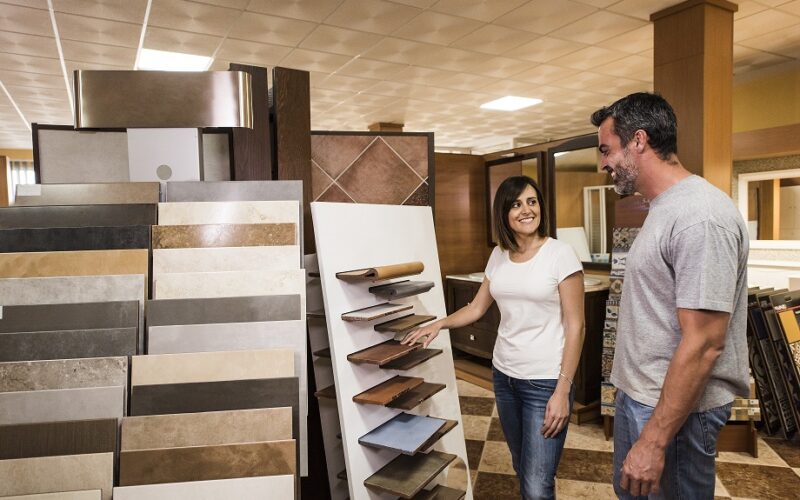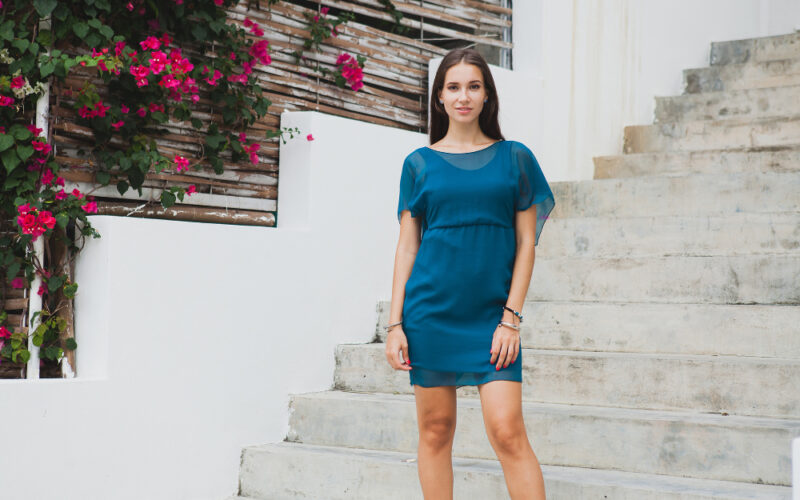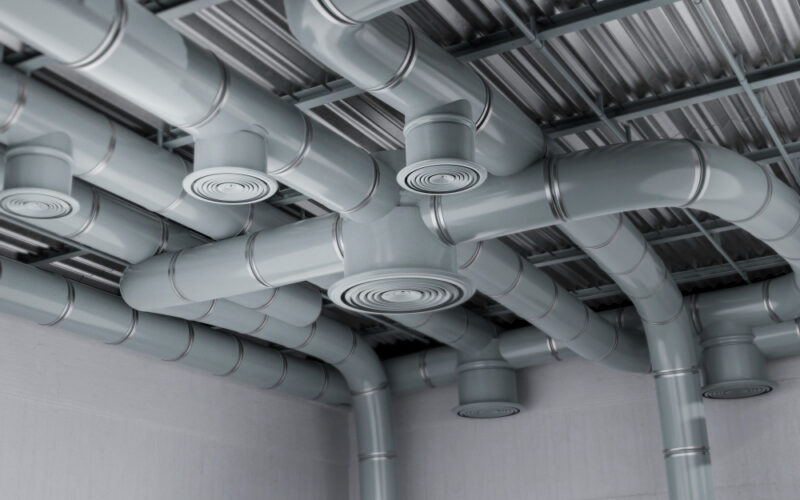
July 3, 2023
Benefits of Different Tile Shapes
Each tile shape offers unique advantages, both in terms of visual appeal and practicality. Understanding these benefits will help you make an informed decision when selecting tiles for your bathroom. Here are some key benefits of different tile shapes:- Square Tiles: Square tiles are a classic choice and offer a timeless look to any bathroom. They are versatile and can be arranged in various patterns, such as straight, diagonal, or herringbone, allowing you to create different visual effects.
- Rectangular Tiles: Rectangular tiles, such as subway tiles, are popular for creating a sleek and modern look in bathrooms. They can be laid in a brick or stacked pattern, adding depth and dimension to the space.
- Hexagonal Tiles: Hexagonal tiles have gained popularity for their geometric appeal. They can be arranged in interesting patterns and provide a visually striking effect. Hexagonal tiles work well for creating a contemporary or retro look in the bathroom.
- Mosaic Tiles: Mosaic tiles are small, intricately designed tiles that come in various shapes, including square, rectangular, hexagonal, and Arrow Tiles. They allow for intricate patterns and can be used to create stunning focal points or accent walls in your bathroom.
- Subway Tiles: Subway tiles are rectangular tiles that originated from the subway stations of New York City. They are known for their clean and minimalist look and are often used to create a vintage or industrial vibe in the bathroom.
- Fish Scale Tiles:Fish scale tiles, also known as mermaid tiles, have a unique shape resembling fish scales. They add a touch of elegance and whimsy to the bathroom and are commonly used as a feature wall or backsplash.
Choosing the Right Shape for Your Bathroom
The shape of the tiles you choose will largely depend on the size and layout of your bathroom. Different tile shapes can create different visual effects and impact the overall perception of space. Here are some considerations when selecting tile shapes for different areas of your bathroom:Small Bathrooms
In small bathrooms, it’s essential to create an illusion of space and maximize the visual impact. Here are a few tips for choosing tile shapes in small bathrooms:- Opt for smaller tile shapes, such as mosaics or small square tiles. These can make the room appear larger by creating more grout lines, which visually expand the space.
- Consider using light-colored tiles. Light shades reflect more light, making the bathroom feel brighter and more spacious.
- Use larger format tiles While large tiles can be used as accents or feature walls, excessive use of large tiles can overwhelm a small bathroom and make it appear cramped.
Large Bathrooms
In larger bathrooms, you have more design flexibility and can experiment with a wider range of tile shapes. Here are some ideas for choosing tile shapes in large bathrooms:- Combine different tile shapes to create visual interest. For example, you can use rectangular tiles for the walls and square tiles for the floor, or vice versa.
- Use larger tiles to make the space feel more cohesive. Large-format tiles can create a seamless look and reduce the number of grout lines, giving the bathroom a clean and spacious appearance.
- Consider geometric patterns using hexagonal or fish scale tiles as accent pieces. These unique shapes can add a touch of creativity and sophistication to your bathroom.
Shower Areas
The choice of tile shapes for your shower area can significantly impact its visual appeal and functionality. Here are some tips for selecting tile shapes for your shower:- Use smaller tiles for the shower floor to provide better traction and prevent slipping. Mosaic tiles or small square tiles with textured surfaces are excellent choices for shower floors.
- Consider using larger tiles for the shower walls to minimize the number of grout lines and make cleaning easier. Rectangular or subway tiles can create a sleek and contemporary look.
- Incorporate accent tiles or a mosaic feature wall in the shower area to add personality and create a focal point. This can be achieved by using different colors, shapes, or patterns.





